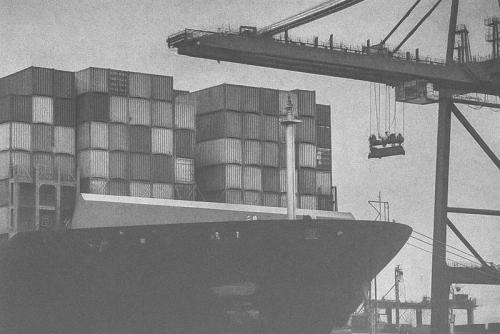New analysis of the Toledo-Odebrecht case illuminates the complex transnational networks behind corruption and money laundering schemes

What does the web of connections look like that underlies grand corruption and money laundering schemes and the abuse of offshore financial centres? Who are the people involved, how do they interact and what do they do?
And what insights can we draw by looking at complex corruption and money laundering schemes from the perspective of social networks, rather than solely individuals?
These questions are at the heart of a new analysis of the so-called Lava Jato or Odebrecht scandal that has engulfed Latin America.
In Working Paper 36: Revealing the networks behind corruption and money laundering schemes, we have applied a combination of social network analysis and network ethnography to a specific nexus within this complex of cases: former Peruvian President Alejandro Toledo and the network that enabled him to launder bribes obtained from the construction giant Odebrecht through offshore jurisdictions.
What do the results show?
First, it shows how the illicit scheme worked, step by step, and the functions of the different individuals and clusters of individuals involved.
The scheme was highly sophisticated both technologically and financially, involving complex illicit exchanges across borders and within the murky space of offshore financial infrastuctures. The interaction between the “business” pillar (Odebrecht’s leadership and representatives) and the “political” pillar (senior public officials and other politically exposed persons) was smooth and efficient, facilitated by a web of service providers and revolving around companies, offshore corporate vehicles and bank accounts.
It was this “social-financial complex” of individuals and structures that enabled the beneficiaries to disconnect themselves from the corrupt acts and money laundering – not just the technical and legal loopholes that exist in offshore financial centres or even the weaknesses of international cooperation on crime and corruption.
Second, the research illuminates the social norms and informal governance practices that regulated the scheme.
The inner circles of the key players on both the business and the political sides acted as the first line of defence. This is common in corruption schemes and made possible by the level of proximity, trust and reciprocity between a business leader and their subordinates, or between a politically exposed person and their circle of relatives, colleagues and friends.
The second line of defence is the set of knowledge, skills and social capital that service providers and financial intermediaries bring to the table. Through their services, these actors design the complex financial infrastructure that allows the illicit proceeds of corruption to be laundered through multiple layers and tangled chains until it is nearly impossible to be traced.
These service providers and intermediaries, together with the financial infrastructure they design, form a multi-layered ecosystem that works efficiently thanks to a strong informal governance system.
- Strategic decisions on inputs, outputs and rules are centralised among the core political and business actors.
- Operations are decentralised and spread out among lower-level business managers or employees and among the political actors’ sprawling networks, who in turn employ service providers and financial intermediaries to carry out the work.
This mix between centralisation and decentralisation results in an efficient, effective and resilient way to govern such a large, cross-border, multi-layered and complex social-financial structure – and most importantly, to keep it hidden for so long.
Shifting the focus from individuals to networks
The research results add a further illustration to the growing recognition that corruption is a form of collective, social behaviour that slips easily across borders and involves highly sophisticated financial strategies and transactions.
The clear implication is that narrow approaches to corruption, from a national perspective and focused on individuals and their self-interested behaviours, provide an incomplete picture at best.
Shifting the focus from individuals to networks through techniques such as social network analysis and network ethnography can offer valuable insights to inform anti-corruption policies, law enforcement strategies and the academic theories that underpin these.
- For law enforcement, this analysis illustrates how SNA and network ethnography techniques can be applied to identify key individuals and clusters, the spaces in which they operate and the criminal strategies they employ. This approach has the potential to make major investigations and prosecutions more efficient, more targeted and more likely to succeed, as it opens up new pathways and tools to break into the case and gain the information hidden within the network.
- For policy, the research provides further insight into some of the legislative weaknesses that allow offshore financial centres to be abused, as well as the consequence of these weaknesses for global efforts to combat corruption and other crime. Shining a light on the illicit nexus that exists between corruption and money laundering may help policymakers to close those gaps.
- For the academic debate, the research adds fresh empirical evidence to the study of the relation between grand corruption and money laundering. It explores key analytical and theoretical concepts that are as yet under-explored in this field, and provides a starting point for future research to illuminate these.
Widening perspectives
All of us who wish to find more effective ways to combat corruption and money laundering should be open to new ways to analyse corruption schemes, understand their workings and to follow the money as it flows around the world. The value of the “network” perspective is something that our wider Public Governance research demonstrates time and again in very different contexts.
Learn more about the research, training and technical assistance activities of our Public Governance team and about how our International Centre for Asset Recovery helps build the capacity of partner countries to trace illicit financial flows and recover money stolen through corruption.




